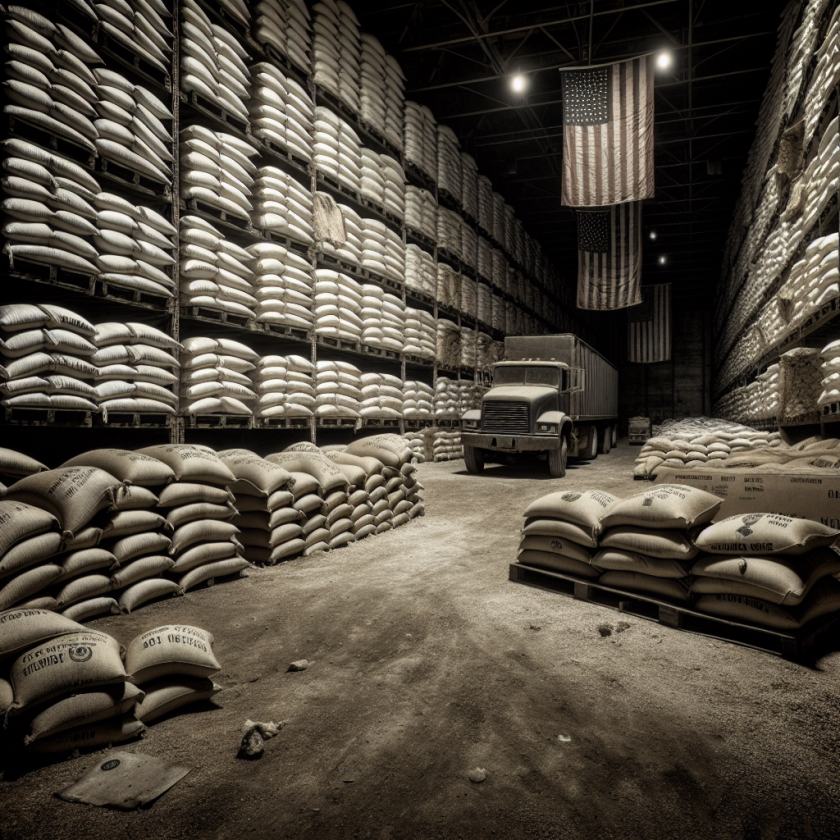Scientists Uncover Possible Reasons Behind the Fall of the Roman Empire
Scientists Uncover Possible Reasons Behind the Fall of the Roman Empire
Introduction
Recent research has shed new light on the potential factors that contributed to the decline of one of history’s most powerful empires. By examining a combination of environmental, economic, and social elements, scientists are piecing together a more comprehensive understanding of the Roman Empire’s fall.
Environmental Challenges
Environmental factors played a significant role in the empire’s decline. Scientists have identified several key issues:
- Climate Change: Shifts in climate patterns led to agricultural challenges, affecting food production and supply.
- Natural Disasters: Increased frequency of natural disasters, such as earthquakes and floods, disrupted daily life and infrastructure.
Economic Struggles
The Roman Empire faced numerous economic difficulties that weakened its stability:
- Inflation: The devaluation of currency led to economic instability and loss of public confidence.
- Trade Disruptions: Invasions and internal strife hindered trade routes, impacting economic growth.
Social and Political Factors
Social and political dynamics also contributed to the empire’s downfall:
- Political Corruption: Widespread corruption eroded trust in leadership and governance.
- Military Overextension: The vast expanse of the empire made it difficult to manage and defend effectively.
Conclusion
The fall of the Roman Empire was not due to a single cause but rather a combination of environmental, economic, and social factors. Understanding these elements provides valuable insights into the complexities of historical decline and the interconnectedness of various influences. This multifaceted approach offers a more nuanced perspective on one of history’s most significant events.








































